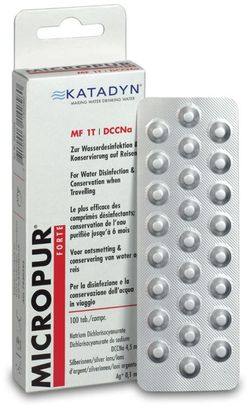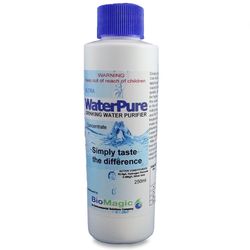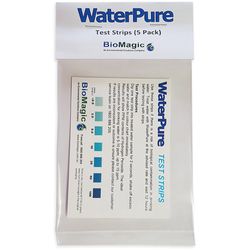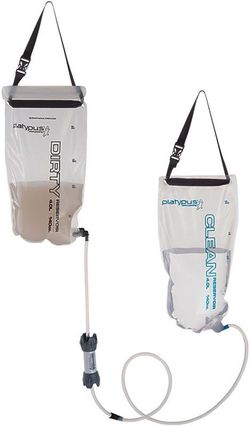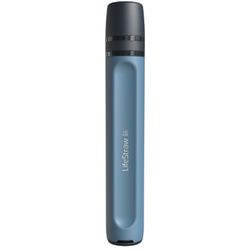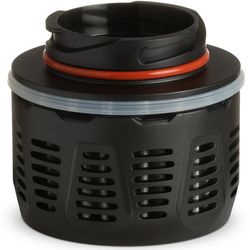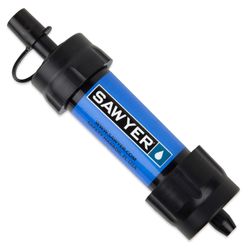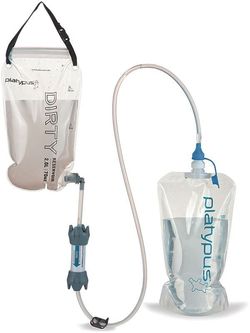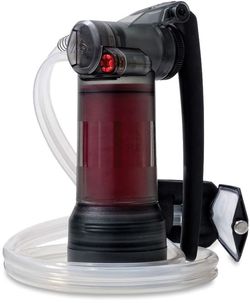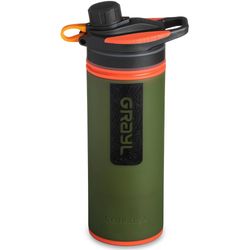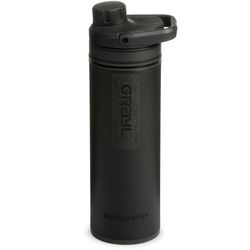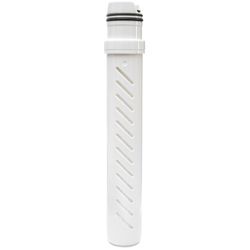- Set your location
- Gift cards
- Warranty
- Returns
- Find us
- Contact us
Water Purification
Water Purification
Water, food and shelter are what you need to survive when you’re away from civilisation. If you know you’re going to be heading to a remote location where the water might not be drinkable or to a country where the tap water is questionable, then make sure you take a portable water purification system with you so you can stay hydrated at all times.
There are a number of different ways to make your drinking water safe, depending on the quality of water you may need to use one or more of these to get rid of all the nasties.
Water Filters
This is the process of forcing water through a particulate filter, usually down to about 0.2 microns. This process removes most of the bugs or protozoa that will give you an upset stomach such as giardia and cryptosporidium. This form of treatment is good for relatively clean water source such as from a tank or as a primary process for very dirty water prior to chemical treatment.
Many of these filters also contain an activated carbon element which removes most of the smell, taste, and contaminants from water. If you are pulling water from a source that is regularly visited by humans or animals, you may want to chemically treat the water too.
Examples of water filters are the MSR Miniworks EX Microfilter. Lifestraw and the Platypus GravityWorks Filters
Chemical Water Treatments
Chemical treatment kills the same protozoa that filter treatments remove but is also effective on viruses which are much smaller than the 0.2-micron pore size of water filters. Chemical water treatment is not effective on turbid water, it is ideal for water sources such as tap water from underdeveloped countries or water that has been filtered to remove particulate matter. Chemical treatment, in particular tablets, is a lightweight way to purify water, but it can leave a bad taste in your mouth.
Examples of chemical water treatment are the Katadyn Micropur Forte Tablets
UV Water Purifiers
UV Water treatment is effective at eliminating both the protozoa that water filters remove as well as the viruses that chemical treatments deal with, and it does this without adding a nasty taste or smell. The catch is that the water has to be clean first, it will not work in water containing particulate matter.
UV treatment is therefore ideal for travel where you need to treat what looks like clean tap water, or as a secondary treatment to water that has been filtered to remove particulates. UV treatment can be hard to adjust to as all you see happening is what looks like a light bulb turning on under the water. Rest assured though that this light bulb is emitting UV rays that are bouncing around inside the body of water and eliminating all those nasties, it is a proven and effective way to make water safe to drink.
Examples of UV water purifiers are Steripen and the Camelbak All Clear.
